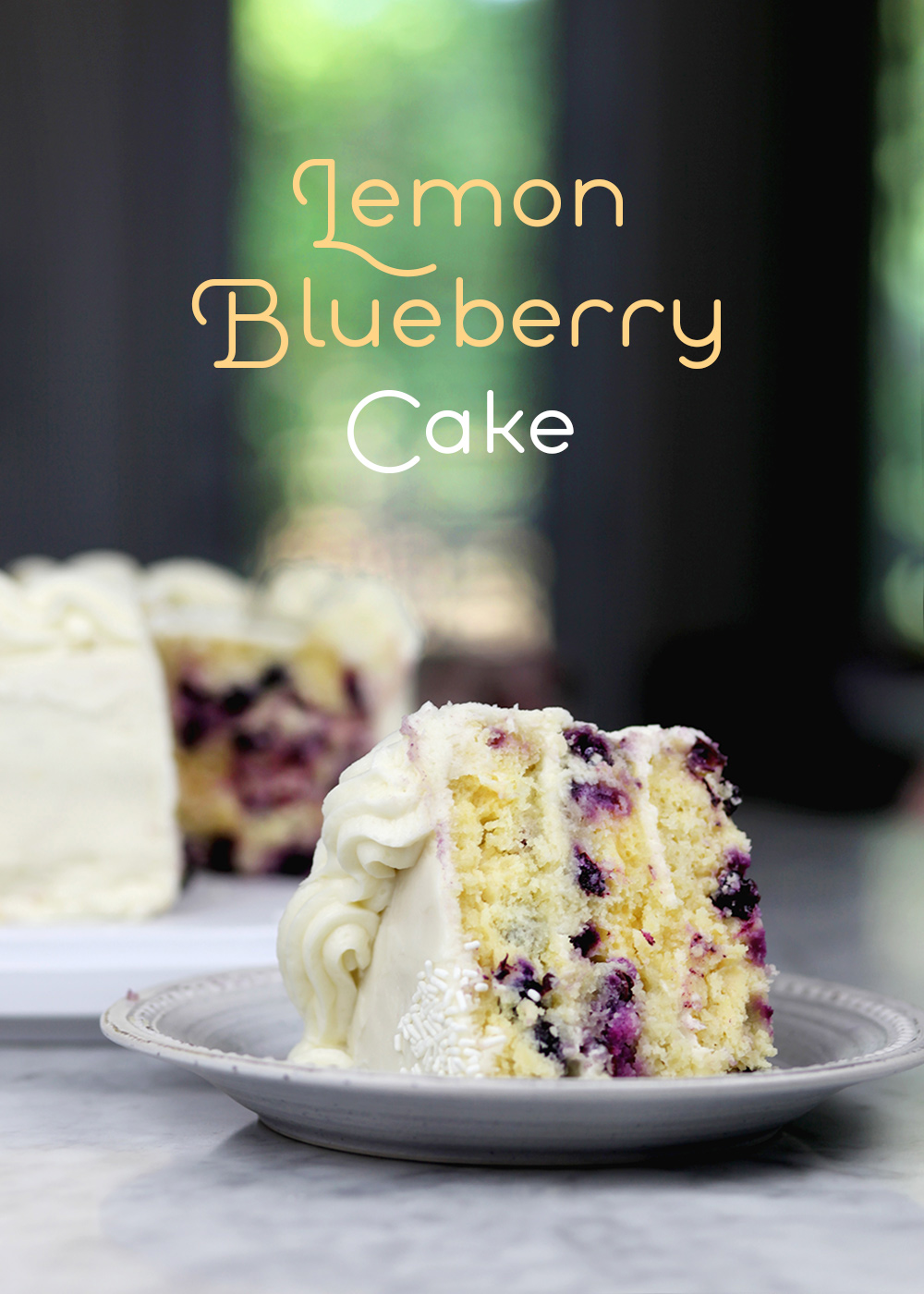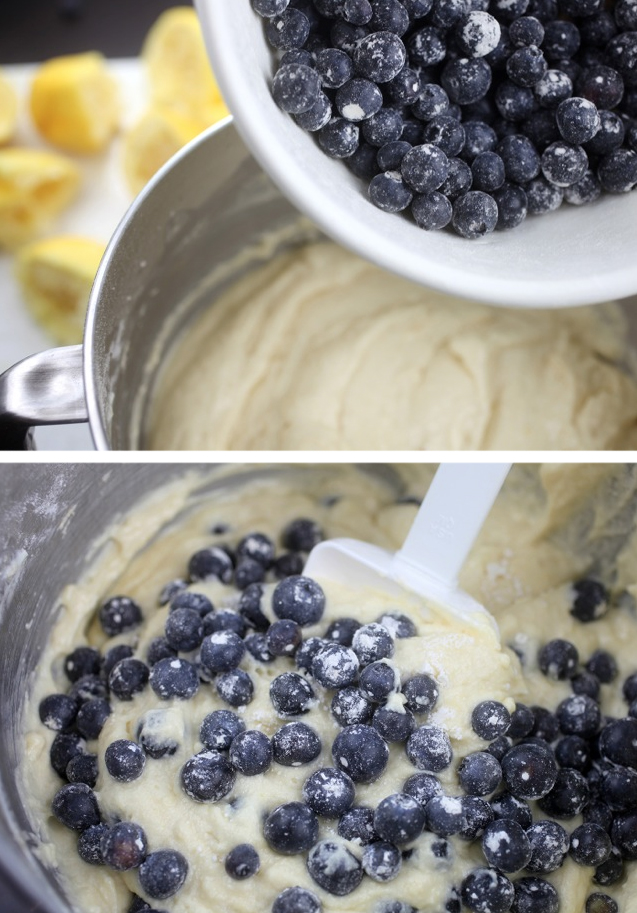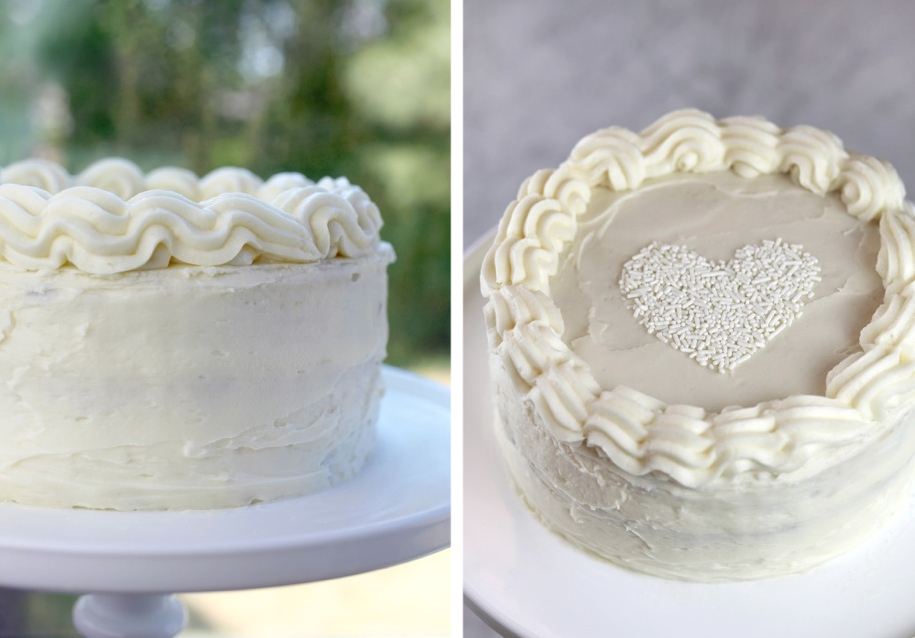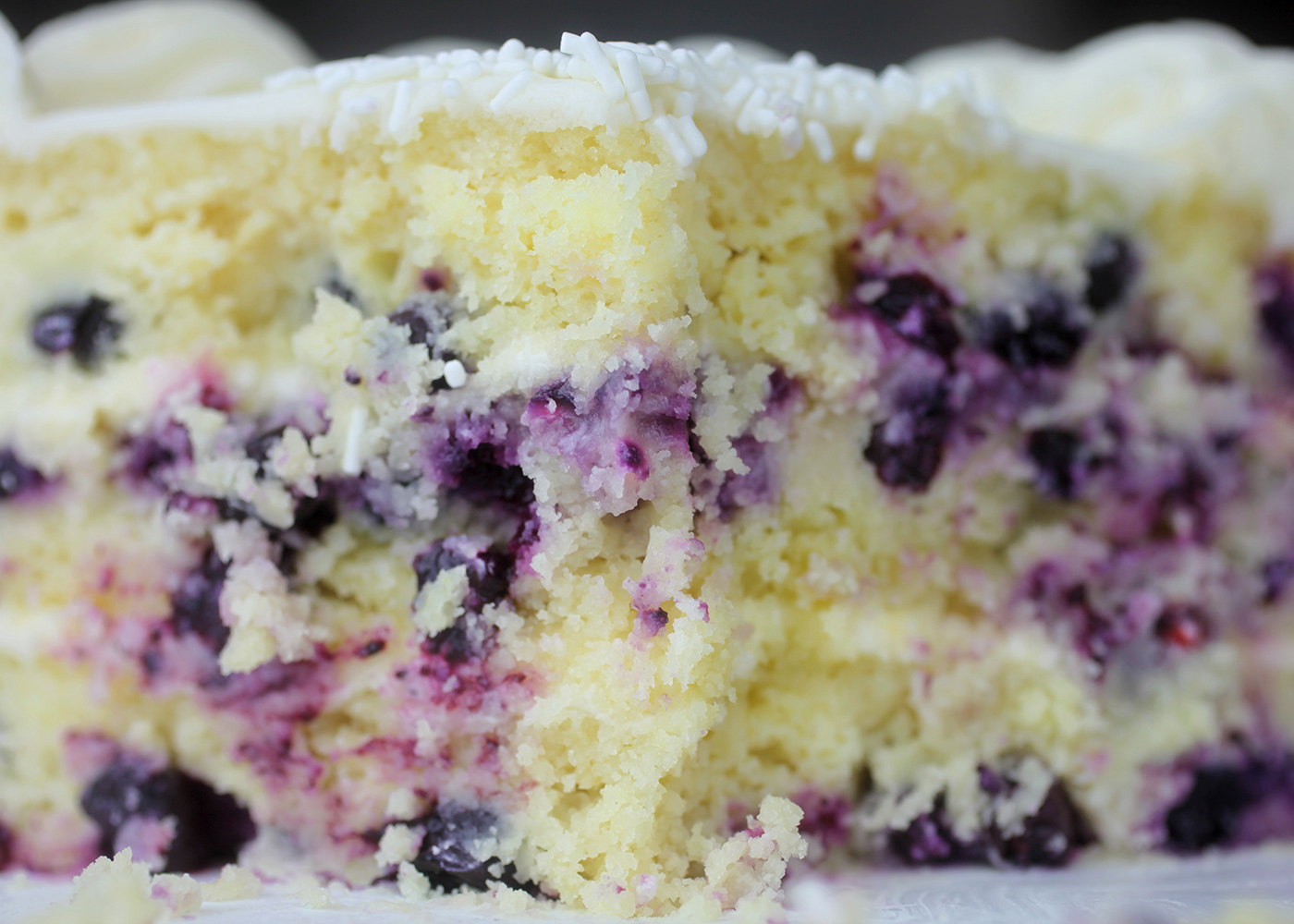Educators and parents have long known that curiosity is at the center of powerful learning. But too often, in the push to meet standards and pressure to stay on pace, that essential truth about learning that sticks gets lost. Worse, many older students have forgotten how to ask their own questions about the world, afraid that if they wonder they will be wrong. It’s far less risky to sit back and wait for the teacher to ask the questions. And yet, good questioning may be the most basic tenet of lifelong learning and independent thinking that school offers students. Taking the time to activate curiosity doesn’t have to mean abandoning learning standards, nor is it necessarily a waste of time.
The Question Formulation Technique started out as a parent engagement tool and has slowly been making its way into many classrooms. In the 1990s Dan Rothstein and Luz Santana were trying to encourage low-income parents to engage more with their children’s schools. When they sat down with parents and asked them why they didn’t participate, many said they felt intimidated at school events because they didn’t know what to ask.
One easy solution to this problem is to give parents a list of questions to ask when interacting with teachers or school administrators around their child’s learning, but Rothstein and Santana quickly realized that supporting parents to develop their own questions was a much more empowering and long-lasting way to approach the problem. And so the Question Formulation Technique (QFT) was born.
WHAT IS THE QUESTION FORMULATION TECHNIQUE?
At its essence, the QFT is a structured way to help people generate questions, categorize them and reflect on how different types of questions elicit different types of information. When teachers use the QFT in classrooms students often push back, pointing out that it’s the teacher’s job to ask the questions. But maybe the association with teacher as question-asker is the root of the problem. Asking one’s own questions, and then answering them, is a powerful and motivating way to learn that many students haven’t experienced in school.
To get started with the QFT, first give students time to develop as many questions as they can, with the instruction not to worry if it’s a “good or bad” question. The only requirement is that they be questions, not statements. After the initial fast brainstorm, talk about the difference between closed and open questions, discussing the advantages and disadvantages of both. Then ask students to categorize their questions as “open” or “closed.” The next step is to ask students to change some of their questions from open to closed and visa versa.
“It’s in the working with the questions that something happens,” said Rothstein, co-director of The Right Question Institute, during a session at the Building Learning Communities conference. “And because it’s working with your own questions that there’s a different type of engagement.”
After working with questions they developed in this way, ask students to pick their best three questions. Often questions that were changed from closed to open make this list. And the experience of working with the questions might inspire new ones. Following this structured protocol inspires both divergent and convergent thinking at different points, and because it’s a process it often frees students from their inhibitions about being wrong. Asking students to work in groups can deepen the experience as well.
After producing, improving and strategizing about their questions, the last step is to reflect upon the experience of asking and modifying questions. How did the process make students feel? What did they learn about the aim of their questions and how to achieve it along the way?
“It’s a simple process that can be adapted to many different purposes,” Rothstein said. He has seen kindergarten teachers use the QFT to prompt incredibly deep discussions, and high school teachers use it to spark big research papers. It can be used to kick off a unit or to assess knowledge at the end.
“When we talk about the most powerful learning technology to humans, the most powerful learning technology is the ability to ask questions,” Rothstein said. “This sets the learning agenda in a profoundly different way.”
CAN IT REALLY WORK IN SCHOOLS?
When Regina Donour learned about the Question Formulation Technique (QFT) from a professional development training she thought it sounded nice, but didn’t think it was something her high school science students could do. She’d already noticed they were afraid to ask questions for fear of being wrong, and didn’t think the technique would be able to overcome their social reticence. She was nervous to try it, but finally decided to give it a go.
The Next Generation Science Standards include practices focused around asking questions, so Donour decided to test the QFT as part of the introduction to a lab on the flame test. The goal of the lab is to help students learn that when ionic compounds burn, they emit different colors of light. From those emissions one can tell various characteristics about the compounds.
Normally Donour would have given students the goals of the lab and a step-by-step process to follow — like a cookbook recipe — because she wasn’t sure they had the ability to ask their own questions. This time, she showed students an image of firecrackers and guided them through the QFT to help them develop their own questions about what was going on in the image.
“They were asking the same questions that I would have asked in developing the lab,” Donour said. “And that was a real shock for me.” Students wanted to know “why the light was different colors and what the electron structure had to do with it?”
Students worked independently to develop a list of questions first and then contributed their top three questions to a small group where those were winnowed down further. Donour included the individual think time intentionally to lower the stakes for reticent students. By the end of the class, the entire group voted on the three most important questions, which ended up being the exact ones their teacher would have asked them.
“They were more driven by their interest in terms of trying to find it out,” Donour said. And later she found students remembered more from the flame test lab than usual because of their genuine interest going into the experimentation phase.
Since this initial success, Donour has started using the Question Formulation Technique whenever she thinks it will improve a lesson. She has used it to introduce gas laws by putting an unfamiliar law on the board and directing students to use the QFT to ask all the questions they’d need answered in order to solve the problem.
“One of the things I can say to them when we get to the end is they’ve basically discovered the law themselves,” she said. Donour admits she had trouble believing student questions would lead where she needed them to go, and that she was afraid to give up some of the control in her classroom. But now that she has used the technique with some success, she says the hardest part is not reacting to student questions. She often wants to say, “that’s a great question,” but has to swallow her words. A crucial part of the brainstorming process is not judging the questions as they come out.
“It takes more time to get it, but the worth of that time to get to the question makes the rest of the instruction for that particular idea or unit so much easier,” Donour said. She’s even started using the QFT as a way to make science more applicable to real life. She’ll often show students a phenomenon they experience and tell them to ask questions about it. “You’re making it applicable to something they may have some interest in,” she said.
QFT ACROSS EASTERN KENTUCKY
Many teachers in eastern Kentucky are using the Question Formulation Technique in large part thanks to the enthusiasm of veteran teacher-turned-trainer Kim Sergent. As a member of the Kentucky Social Studies Leadership Network, Sergent experienced the QFT in a teacher training and immediately saw its potential for her classroom. She rushed home and within 45 minutes had her “question focus” prepared for the unit on slavery she planned to teach the next day.
As a U.S. history teacher, Sergent knows there are some topics that kids are drawn to and others they don’t engage with. She wanted them to understand how multifaceted and complex the system of slavery was in the United States and thought the QFT could help her move students to a deeper level of inquiry. She started off class by showing students a series of images depicting aspects of slavery and asked students to write their own questions. They started individually, then contributed their questions to the group, gradually winnowing it down to just three questions the class would address over the next six class periods.
“They wrote the questions. They chose the questions. They negotiated about the questions,” Sergent said. So when those questions were on the board each successive class period, kids were really curious to find out the answers. They had been surprised she trusted them to pick the questions they’d be learning about, but Sergent says they came up with the exact topics she wanted to get at.
“It’s immediate student engagement, and secondly it’s immediate student ownership,” Sergent said. “The relevance is actually driven by the ownership. When you engage student voice, that to me is the key to the relevance.”
Sergent’s quick success with a practice she had just learned changed how she taught: “It’s led me on an inquiry-based approach to teaching,” she said. And she suddenly felt reinvigorated about teaching, fired up to spread the practice. She now works for the Kentucky Valley Educational Cooperative (KVEC) training teachers in 22 eastern Kentucky school districts on how to use the QFT. Many teachers are resistant at first, but she has seen even kindergarten teachers use the technique effectively.
Sergent says one of the most difficult, but important, aspects of planning to use the QFT in the classroom is finding a good question focus to jump-start student questioning. She coaches teachers to carefully select a quote, image or statement that they know will lead to questions about the content they are trying to cover. The process goes more smoothly if the question focus is provocative, but not too general. And she finds that sometimes in their effort to retain control teachers make the focus too narrow, trying to dictate the questions, which also backfires.
“You’ll know what they don’t know by the questions they ask,” Sergent said. “And you’ll know who got it by the questions they ask.”
When teachers are resistant to the QFT, Sergent’s strategy is to get them to try it just once. Usually the kids’ reactions, and their amazing questions, are enough to convince even the most resistant teachers. And while Sergent appreciates the QFT for the way it invites student inquiry and curiosity into the classroom, she understands that it’s just one more tool a teacher can use. Veteran teachers like Regina Donour are using it when appropriate, and relying on other strategies when it’s not.
from MindShift https://ift.tt/2x02pV5









9(MDAxOTAwOTE4MDEyMTkxMDAzNjczZDljZA004))